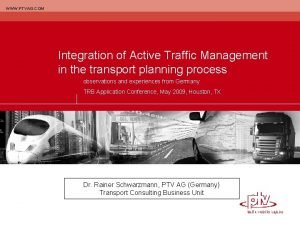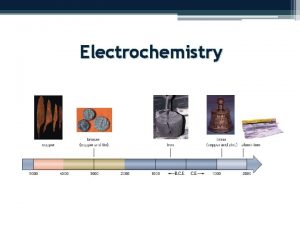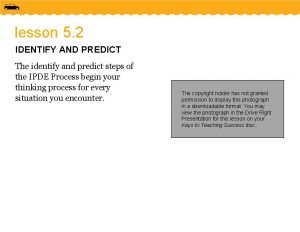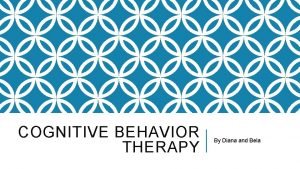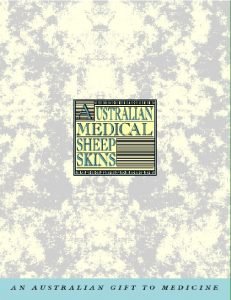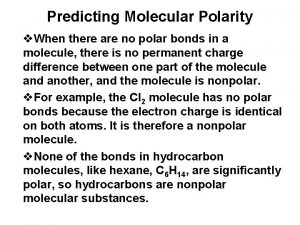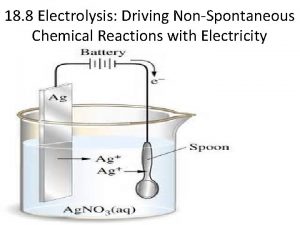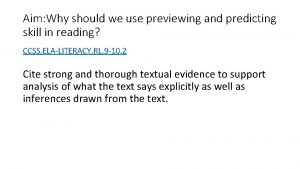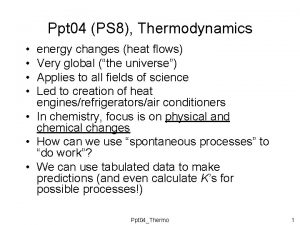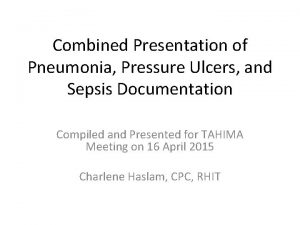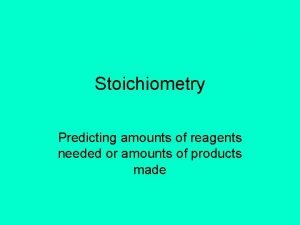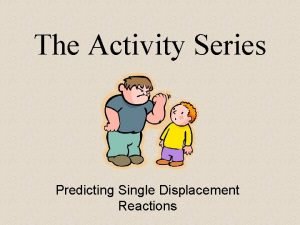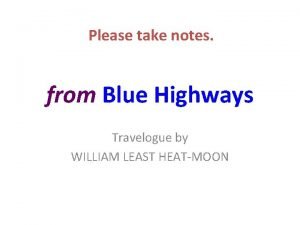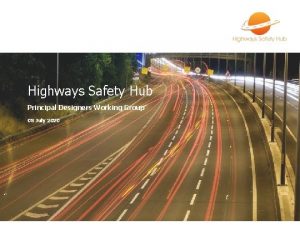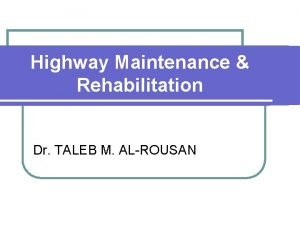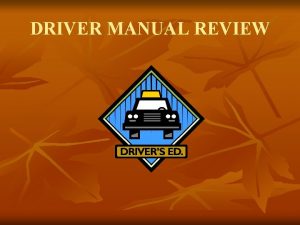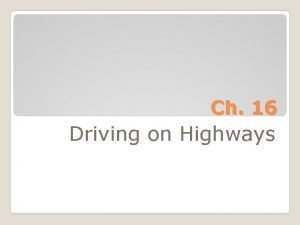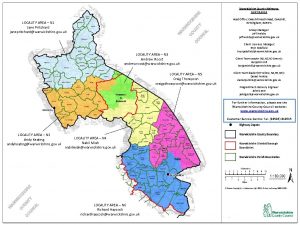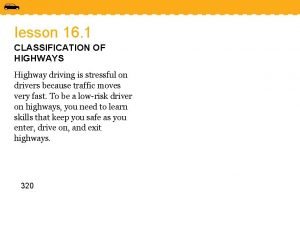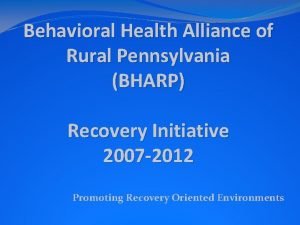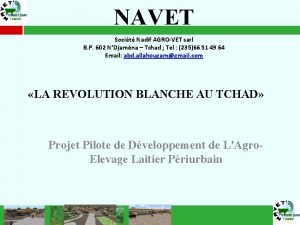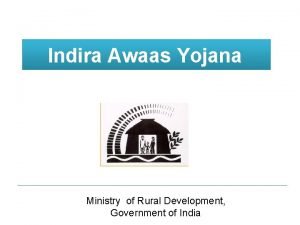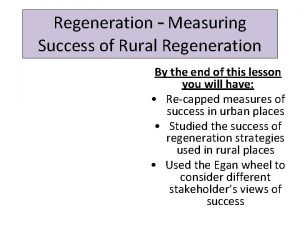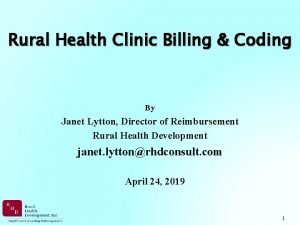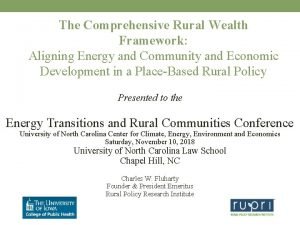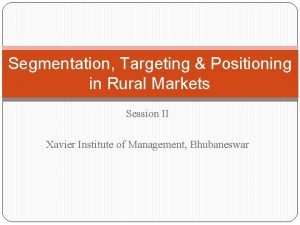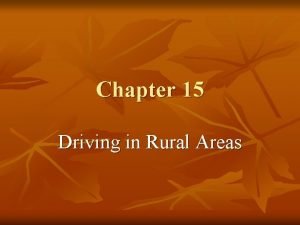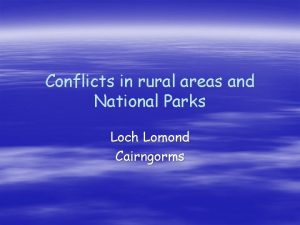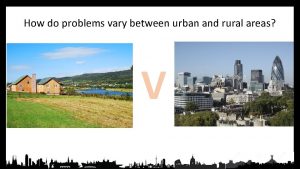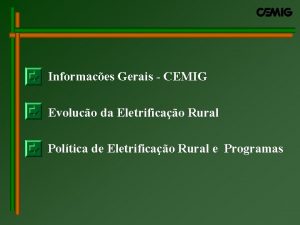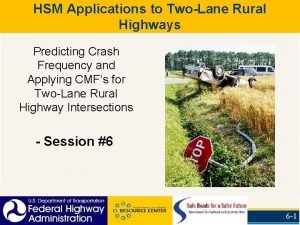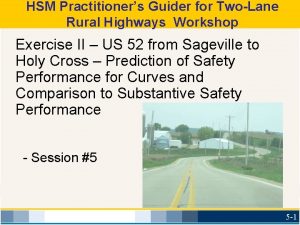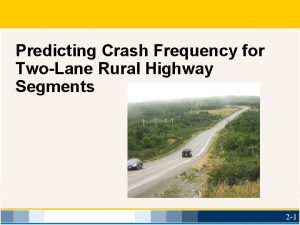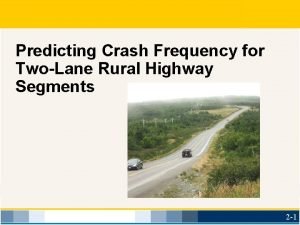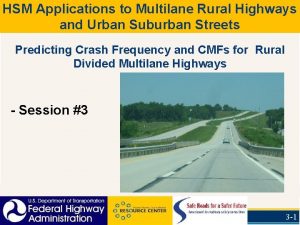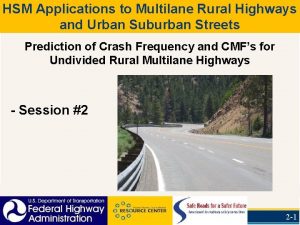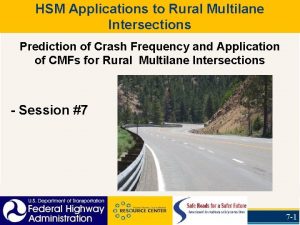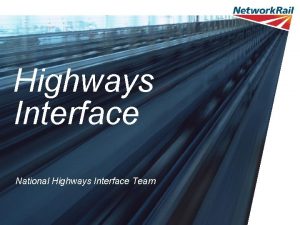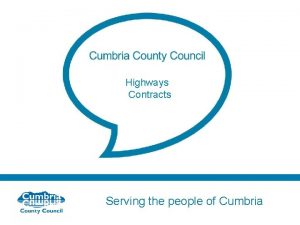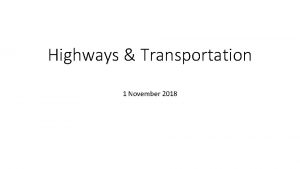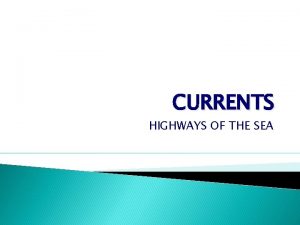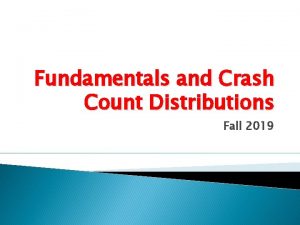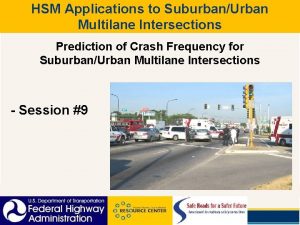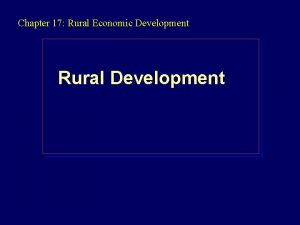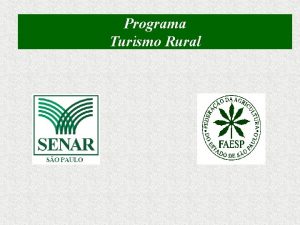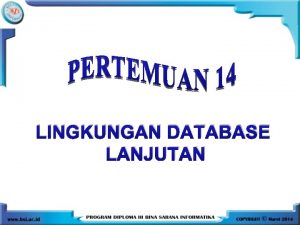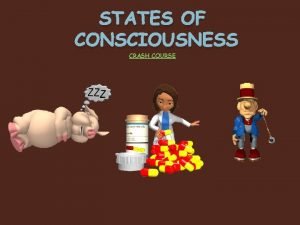HSM Applications to TwoLane Rural Highways Predicting Crash











































































- Slides: 75

HSM Applications to Two-Lane Rural Highways Predicting Crash Frequency and Applying CMF’s for Two-Lane Rural Highway Intersections - Session #6 6 -1

Predicting Crash Frequency for Two-Lane Rural Highway Intersections Outcomes: ► Describe the SPF Base Models for prediction of Intersection Crash Frequency ► Calculate Predicted Crash Frequency for Rural Two-lane Highway Intersections ► Describe CMF’s for Rural 2 Lane Intersections ► Apply CMF’s to Predicted Crash Frequency 6 -2

Why Intersection Safety? ► A small part of overall highway system, but ► In 2008 – 7, 772 fatalities related to intersections ► (21% of Total Highway Fatalities) (KY 14% in 2018) ► Each year more than 3. 17 million intersection crashes occur (over 55% of all reported crashes) 6 -3

2008 US Total Crash Characteristics Crash Type Non Intersection Stop/No control Intersection Total Crashes Fatal/Injury Crashes Number % 2, 638, 000 45% 722, 680 43% 984, 000 17% 321, 520 19% 37% Number 42% % Signalized Intersection 1, 182, 000 20% 380, 511 23% Unclassified 1, 005, 000 17% 240, 306 14% Total 5, 801, 228 100% 1, 637, 476 100% Source: USDOT Traffic Safety Facts 2008 Early Edition, A Compilation of motor vehicle crash data from FARS and GES, Table 29, Page 52 6 -4

Physical vs Functional Area of an Intersection 6 -5

Functional Area of an Intersection ► Decision Distance ► Maneuver Distance ► Queue-Storage Distance 6 -6

Process for Prediction of Crash Frequency and Application of Crash Modification Factors Three Steps: 1. Predict Crash Frequency - Safety Performance Functions (SPF) Equations 2. Apply Appropriate Crash Modification Factors (CMFs) - Adjust predicted safety performance from base conditions to existing/proposed conditions - Are greater or less than 1: q < 1. 0 -- lower crash frequency q > 1. 0 -- increased crash frequency 3. Calibration, Cr or Ci - Accounts for local conditions/data 6 -7

Models to Predict Crash Frequency for Rural Two-Lane Highway Intersections ►Three-Approach Stop Control (Stop of Stem of Tee) ► Four-Approach Stop Control (2 -way Stop) ► Four-Approach Signal Control 6 -8

SPF Models for RURAL Two-Lane Intersections with Stop Control on Minor -Road Three-Leg Stop Controlled Intersection (3 ST): Nspf-3 ST=exp[-9. 86 + 0. 79 ln(AADTmaj) + 0. 49 ln(AADTmin)] Four-Leg 2 -Way Stop Controlled Intersection (4 ST): Nspf-4 ST=exp[-8. 56 + 0. 60 ln(AADTmaj) + 0. 61 ln(AADTmin)] AADTmaj = Avg Annual Daily Volume on Major Road (veh/day) AADTmin = Avg Annual Daily Volume on Minor Road (veh/day) 6 -9

SPF Models for RURAL Signalized Intersections Four-Leg Signalized Intersection (4 SG): Nspf-4 SG = exp[-5. 13 + 0. 60 ln(AADTmaj) + 0. 20 ln(AADTmin)] Nspf-4 SG = estimate of intersection-related predicted average crash frequency for base conditions; AADTmaj = Avg Annual Daily Volume on Major Road (veh/day) AADTmin = Avg Annual Daily Volume on Minor Road (veh/day) 6 -10

Base Conditions for Rural Two-Lane Intersections: ►Intersection Skew Angle: ► Presence of Left-Turn Lanes: ► Presence of Right-Turn Lanes: ► Lighting: 0 odegrees none 6 -11

SPF Model for RURAL Stop Controlled Intersection– Example: 1 -Way STOP on Minor Approach to a “T” Intersection (3 -leg): Discussion ►For a 1 -Way STOP with an AADT of 5000 across the top of the “T” on the main Road and 500 AADT on the minor road of the “T”, ► What is the predicted # of Crashes? 6 -12

SPF Model for RURAL Stop Controlled Intersection– Example: Three-Leg Stop Controlled Intersection (3 ST): Nspf-3 ST = exp[-9. 86 + 0. 79 ln(AADTmaj) + 0. 49 ln(AADTmin)] For AADTmaj = 5, 000 and AADTmin = 500: Nspf-3 ST = exp[-9. 86 + 0. 79 ln(5, 000) + 0. 49 ln(500)] = exp[-9. 86 + 6. 729 + 3. 045] = exp[-0. 086] = 0. 917 crashes per year or 4. 59 crashes in a 5 year period 6 -13

Safety Performance Function (SPF) Highway Safety Manual Approach: e “on ” e t ra Average Crash Rate 6 -14

“Is this a Higher Crash Frequency Site? ” Highway Safety Manual Approach: “Substantive Crash Frequency” 6 crashes/yr “Difference” “Predicted Crash Frequency” 1. 2 crashes/yr 0. 5 crashes/yr 6 -15

SPF Base Model for RURAL Signalized Intersection - Exercise 4 -Approach Signalized Intersection: Discussion ►For a 4 -Approach signalized intersection with AADT = 9, 000 on the major road and AADT = 4, 500 on the minor road, ► What is the predicted # of Crashes? 6 -16

SPF Base Model for RURAL Signalized Intersection – Example: 4 -Approach Signalized Intersection: Nspf-4 SG = exp[-5. 13 + 0. 60 ln(AADTmaj) + 0. 20 ln(AADTmin)] For range of AADTmaj from zero to 25, 200 and AADTmin from zero to 12, 500 For AADTmaj = 9, 000 and AADTmin = 4, 500: Nspf-4 SG = exp[-5. 13 + 0. 60 ln(9, 000) + 0. 20 ln(4, 500)] = 7. 5 crashes per year 6 -17

Severity Index for all highways and streets Severity index (SI) is the ratio of crashes involving an injury or fatality to total crashes * From NCHRP 486 ►. . however, Chapter 10 of the HSM provides “better” injury and fatal crash distribution by type of rural intersection control in Tables 10 -5 and 10 -6 3 -18

Crash Severity for Rural 2 -Lane Intersections Table 10 -5 6 -19

Table 10 -6: Default Distribution for Collision Types and Manner of Collisions Default Distribution of Crash Types for Rural 2 Lane Intersections 6 -20

Applying Severity Index to Rural Two-Lane Highway Intersections Example: Two-way stop controlled 4 -approach intersection with 9, 000 AADT on Major and 4, 500 AADT on minor; Fatal and Injury crashes are 5 of 9 total crashes a. Compute the actual Severity Index (SI) SI 4 st = Fatal + Injury Crashes = 5/9 = 0. 55 Total Crashes 3 -21

Applying Severity Index to Rural Two-Lane Highway Intersections b. Compute the Predicted Severity Index (SI) SI 4 st = Fatal + Injury Crashes = 43. 1/100= 0. 43 Total Crashes 3 -22

Applying Severity Index to Rural Two-Lane Highway Intersections Example: Two-way stop controlled 4 -approach intersection with 9, 000 AADT on Major and 4, 500 AADT on minor; Fatal and Injury crashes are 5 of 9 total crashes a. Actual Severity Index (SI) = 0. 55 ? b. Predicted Severity Index (SI) = 0. 43 ? - Is the Actual Severity Index higher or lower than the Predicted Severity Index? Higher ? 3 -23

Process for Prediction of Crash Frequency and Application of Crash Modification Factors Three Steps: 1. Predict Crash Frequency - Safety Performance Functions (SPF) Equations - Predict Crash Frequency for base conditions 2. Apply Appropriate Crash Modification Factors (CMFs) - Adjust predicted safety performance from base conditions to existing/proposed conditions - Are greater or less than 1: q < 1. 0 -- lower crash frequency q > 1. 0 -- increased crash frequency 3. Calibration, Cr or Ci - Accounts for local conditions/data 6 -24

HSM Crash Modification Factors for Rural Two-Lane Highway Intersections ► Configuration - Number of Legs ► Intersection Designs - Roundabouts ► Angle of Intersection (Skew) ► Left Turn Lanes ► Right Turn Lanes ► Lighting 6 -25

Comparison of 4 -leg/3 -leg Intersections Cross intersection has 32 conflict points, Offset T has 22 points Potential Conflict Points 6 -26

Number of Intersection Legs ►Crash Frequency for intersections with only 3 approaches is lower ►Crash Frequency for intersections with 4 approaches are greater than for those intersections with only 3 approaches ►Collision rates for intersections with more than 4 approaches are 2 to 8 times greater than for 4 approach Intersections 6 -27

CMF for Rural Intersection Skew Angle @ 90 degrees Skew Angle Intersection Angle = 350 • Some studies (Mc. Coy, for example) show adverse effect of skew • Skews increase exposure time to crashes; increase difficulty of driver view at stopped approach Skew = 900 – 350 = 550 SKEW = Intersection Skew Angle (degrees) as the absolute value of the difference between 90 degrees and the actual intersection angle 6 -28

CMF for Intersection Skew Angle (CMF 1 i) For 3 - legged Stop Controlled Intersections: CMF 1 i = exp (0. 0040 SKEW) For 4 - legged Stop Controlled Intersections: CMF 1 i = exp (0. 0054 SKEW) SKEW = Intersection Skew Angle (degrees) as the absolute value of the difference between 90 degrees and the actual intersection angle *NCHRP 500, Strategy 17. 1 B 16 – Realign Intersection Approaches 6 -29

CMF for Intersection Skew Angle (CMF 1 i) Intersection Skew from 90 degree side road for 4 leg Approaches Skew= CMF = 0 1. 00 15 1. 08 30 1. 18 45 1. 28 *Max skew of 15 degrees - Older Driver Handbook and ITE Max skew of 30 degrees – 2004 Green Book *NCHRP 500, Strategy 17. 1 B 16 – Realign Intersection Approaches 6 -30

CMF for Intersection Skew Angle (CMF 1 i) Example: #1 – 90 deg #2 – 45 deg #3 – 80 deg Skew = 15 CMF 1 i = e 0. 0040(15) =1. 062 #4 – 75 deg Skew = 0 CMF 1 i = 1. 000 Skew = 45 CMF 1 i = e 0. 0054(45) =1. 275 Skew = 10 CMF 1 i = e 0. 0040(10) =1. 041 For each of the four (4) intersections, calculate the safety effect of skew angle 6 -31

Solutions to Skewed Intersections New Alignment Old Alignment *NCHRP 500, Strategy 17. 1 B 16 – Realign Intersection Approaches 6 -32

6 -33

6 -34

Solutions to Skewed Intersections q. Locate Intersection at Mid-Point of Curve *NCHRP 500, Strategy 17. 1 B 16 – Realign Intersection Approaches 6 -35

Left Turn Lanes in the Rural Highway Environment Left turn lanes remove stopped traffic from through lanes • mitigate rear-end conflict • enable selection of safe gap warrants for turn lanes in the rural environment see NCHRP 457 q“Capacity” is generally not the issue *NCHRP 500, Strategy 17. 1 B 1 – Provide Left-Turn Lanes 6 -36

CMF for Left Turn Lanes (CMF 2 i) ____ NCHRP 500, Strategy 17. 1 B 1 – Provide Left-Turn Lanes 6 -37

Rural Left Turn By-Pass Lanes ► Less cost than conventional left turn lane ► At low volume intersections, may be just as effective ►Minnesota study unable to conclude bypass lanes just as safe as left turn lanes *NCHRP 500, Strategy 17. 1 B 4 – Provide By-Pass Lanes 6 -38

CMF for Right Turn Lanes (CMF 3 i) ►Right turn lanes remove slowing traffic from through lanes which are not stop controlled q“Capacity” is generally not the issue *NCHRP 500, Strategy 17. 1 B 6 – Provide Right-Turn Lanes 6 -39

CMF for Right Turn Lanes (CMF 3 i) ____ NCHRP 500, Strategy 17. 1 B 6 – Provide Right Turn Lanes 6 -40

CMF for Lighting of Rural 2 -Lane Intersections (CMF 4 i) CMF 4 i = 1 -0. 38 pni 6 -41

CMF for Lighting of Rural 2 -Lane Intersections (CMF 4 i) – Example: For 4 approach Two-Way Stop Controlled rural intersection: CMF 4 i = 1 -0. 38 pni = 1 -0. 38(0. 244) = 0. 907 NCHRP 500, Strategy 17. 1 E 2 -Improve Visibility of Intersection by Providing Lighting (P) 6 -42

Additional CMF’s from Part D and Research Beyond the SPF’s and CMF’s detailed in Part C Chapter 10: ► CMF’s for Roundabouts from Chapter 14 ► CMF for 4 -Way Stop ► CMF for STOP AHEAD Pavement marking ► CMF for STOP Beacons ► CMF for driveways within 250 feet from TTI Research 6 -43

Roundabouts are Alternatives to conventional intersections ►Number of conflicts is reduced ►Severe conflicts (angle) are eliminated ►Speed differentials are reduced or eliminated *NCHRP 500, Strategy 17. 2 B 5 – Construct Special Solutions – Roundabout Design 6 -44

CMF’s for Conversion of 2 -Way Stop Intersection to Roundabout 6 -45

Roundabouts in the rural environment *NCHRP 500, Strategy 17. 1 F 3 – Provide Roundabouts Before Converting Stop-Control to Roundabout After CMF (single lane) = 0. 29 CMF (multi-lane) = 0. 56 6 -46

Roundabouts in the rural environment Single Lane Rural Roundabout: ►Approach speed limits 45 mph, ► 60 foot right of way Before Crash Info – 2 yrs: - 12 crashes with 4 F/Inj Summit County Ohio After Crash Info – 2 yrs: - 4 crashes with 0 F/Inj 6 -47

CMF’s for Conversion of 2 -Way Stop to All. Way Stop Control 6 -48

CMF’s for STOP AHEAD Supplementary Pavement Marking 6 -49

CMF’s for Beacons Table 14 -42 Four approach, STOP control, Two lane roads 6 -50

Driveway near Rural Intersections ►Access points within 250 feet upstream and downstream of an intersection are undesirable ► Unsignalized - 20% more crashes for 3 driveways within 250 feet ► Signalized - 13% more crashes for 3 driveways within 250 feet ► Consolidate multiple access points ► Relocate access to the adjacent side road if possible 6 -51

CMF for Access Control for Rural Intersections Unsignalized Intersections: CMFnd = e 0. 056 * (dn-3) *From TTI Roadway Safety Design Synthesis, 2005) Signalized Intersections: CMFnd = e 0. 046 * (dn- 3) Where: dn = Number of driveways on both the major and minor road approaches within 250 feet of the intersection 6 -52

CMF for Access Control for Rural Intersections: Example Calculation Unsignalized Intersections: For 4 driveways on US route and 3 driveways on County Route *From TTI Roadway Safety Design Synthesis, 2005) CMFnd = e 0. 056 (dn - 3) = e 0. 056 (7 - 3) = e 0. 056 (4) = 1. 25 6 -53

Additional Low Cost Safety Measures beyond the published 2010 HSM ►Beyond the Highway Safety Manual are many proven low cost safety measures htpp: //www. cmfclearinghouse. org 6 -54

2009 MUTCD Figure 2 A-4 Intersection Typical Signing Regulatory Right-of-Way Guide Warning ►Applying the two guiding principles of: - Clarify and Simplify 6 -55

Applying Simplify and Clarify Warning Guide Regulatory Right-of-Way ►Applying the two guiding principles of: Clarify and Simplify 6 -56

Low Cost Intersection Safety Measures – Signing Countermeasures 1. Warning CMF = 0. 60 Rural CMF = 0. 70 Urban q. All-Way Stop of 2 rural State Highways 6 -57

Low Cost Intersection Safety Measures – Signing Countermeasures 2. Enhanced Warning “Double-Up” CMF = 0. 69 q. All-Way Stop of 2 rural State Highways 6 -58

Low Cost Intersection Safety Measures – Signing Countermeasures 3. Enhanced Warning Beacons CMF = 0. 75 q. All-Way Stop of 2 rural State Highways 6 -59

Low Cost Intersection Safety Measures – Signing Countermeasures 4. Advance Guide Signs q. All-Way Stop of 2 rural State Highways 6 -60

Low Cost Intersection Safety Measures – Signing Countermeasures q. Stop Sign on outside of large right turn radius is too far out of center attention window of driver 5. Regulatory Right-of-Way q. All-Way Stop of 2 rural State Highways 6 -61

Low Cost Intersection Safety Measures – Signing Countermeasures q Add Stop Sign on Island to Enhance Visibility CRF = 11% + Right Hand Supplemen tary Stop Sign 5. Regulatory Right-of-Way q. All-Way Stop of 2 rural State Highways 6 -62

Low Cost Intersection Safety Measures – Signing Countermeasures q “Double Up” Stop Signs CMF = 0. 89 6. Regulatory Right-of-Way CRF = 11% total crashes CRF = 55% Rt Angle Crashes 6 -63

Low Cost Intersection Safety Measures – Signing Countermeasures q Add Stop Beacon CMF = 0. 42 angle crashes 7. STOP Beacon q. All-Way Stop of 2 rural State Highways 6 -64

Low Cost Intersection Safety Measures – Signing Countermeasures q Install Splitter Islands on the Minor Road Approach to an Intersection 9. Splitter Island q “Call Attention” to the presence of the Intersection *NCHRP 500, Strategy 17. 1 E 3 – Install Splitter Islands on Minor Road Approaches CRF = 45% 3 -Approach CRF = 40% 4 -Approach 6 -65

Low Cost Intersection Safety Measures – Rumble Treatment Concept 1 – Narrow travel lanes by striping on Main highway 6 -66

Low Cost Intersection Safety Measures – Rumble Treatment Concept 1 – Narrow travel lanes by striping on Main highway 6 -67

Low Cost Intersection Safety Measures – Rumble Treatment Concept 1 – Narrow travel lanes by striping on Main highway 6 -68

► after 2 years, total crash reduction = 32% ► Injury/Fatal crash reduction = 34% 6 -69

Low Cost Intersection Safety Measures – Rumble Treatment Concept 2 – Add splitter Island on side road approaches 6 -70

Low Cost Intersection Safety Measures – Add Splitter Island with Stop on Centerline Concept 2 – Add splitter Island on side road approaches 6 -71

Low Cost Intersection Safety Measures – Add Splitter Island with Stop on Centerline Concept 2 – Add splitter Island on side road approaches 6 -72

Low Cost Intersection Safety Measures – Add Splitter Island with Stop on Centerline Concept 2 – Add splitter Island on side road approaches 6 -73

Predicting Crash Frequency for Two-Lane Rural Highway Intersections Outcomes: ► Described the SPF Base Models for prediction of Intersection Crash Frequency ► Calculated Predicted Crash Frequency for Rural Two-lane Highway Intersections ► Described CMF’s for Rural 2 Lane Intersections ► Applied CMF’s to Predicted Crash Frequency 6 -74

Predicting Crash Frequency for Two-Lane Rural Highway Intersections Questions and Discussion 6 -75
 Hsm traffic management
Hsm traffic management Hsm stream
Hsm stream Hkr 118 uitm
Hkr 118 uitm Hsm design
Hsm design Utimaco hsm simulator
Utimaco hsm simulator Hsm lisboa
Hsm lisboa Is the redox spontaneity rule empirical
Is the redox spontaneity rule empirical Searching for specific driving-related clues
Searching for specific driving-related clues The evolution of crm is reporting analyzing and predicting
The evolution of crm is reporting analyzing and predicting Predicting good probabilities with supervised learning
Predicting good probabilities with supervised learning Vertical arrow technique
Vertical arrow technique Braden scale for predicting pressure sore risk
Braden scale for predicting pressure sore risk Predicting molecular polarity
Predicting molecular polarity Predicting products
Predicting products Predicting products of chemical reactions
Predicting products of chemical reactions Predicting single replacement reactions
Predicting single replacement reactions Predicting fraud
Predicting fraud Combination reaction equation
Combination reaction equation Predicting products of electrolysis
Predicting products of electrolysis Manipulative skills
Manipulative skills Predicting spontaneity
Predicting spontaneity Predicting pip
Predicting pip Previewing and predicting
Previewing and predicting Predicting and naming ionic compounds
Predicting and naming ionic compounds Kcl precipitate
Kcl precipitate Predicting products of chemical reactions
Predicting products of chemical reactions Thermodynamics ppt
Thermodynamics ppt Complete the following table on reaction spontaneity.
Complete the following table on reaction spontaneity. Highest braden score
Highest braden score Stoichiometry predicting amounts in reactions
Stoichiometry predicting amounts in reactions Paragraph on scientist
Paragraph on scientist Predicting pip
Predicting pip Single displacement activity series
Single displacement activity series Predicting content in listening
Predicting content in listening Synthesis reaction predicting products
Synthesis reaction predicting products Science process skills communicating
Science process skills communicating Predicting spontaneity
Predicting spontaneity Bahasa inggris disusun
Bahasa inggris disusun Predicting nba games using neural networks
Predicting nba games using neural networks Predicting science process skills
Predicting science process skills C2h2 shape
C2h2 shape Blue highways sparknotes
Blue highways sparknotes Highways safety hub
Highways safety hub Importance of highways
Importance of highways Driver license
Driver license Velocitation means
Velocitation means London highway alliance
London highway alliance Objectives of geometric design
Objectives of geometric design Driving
Driving Highways warwickshire
Highways warwickshire Classification of highways
Classification of highways Rural resource management
Rural resource management Bharp
Bharp Exode rural au tchad
Exode rural au tchad Ministry of rural development
Ministry of rural development The idiocy of rural life
The idiocy of rural life Feist publications v rural telephone
Feist publications v rural telephone Pesa act 1996
Pesa act 1996 Livelihood mis
Livelihood mis Egan wheel
Egan wheel Types of rural entrepreneurship
Types of rural entrepreneurship Imagem de espaço urbano e rural
Imagem de espaço urbano e rural Rural health clinic coding
Rural health clinic coding Rural wealth creation
Rural wealth creation Ministry of agriculture and rural development cameroon
Ministry of agriculture and rural development cameroon Rural market segmentation
Rural market segmentation Ruralv
Ruralv Cuadernos de desarrollo rural
Cuadernos de desarrollo rural Rural areas have of development drivers ed
Rural areas have of development drivers ed Rural territory
Rural territory Chapter 9 agricultural transformation and rural development
Chapter 9 agricultural transformation and rural development Espaço rural e urbano 3 ano
Espaço rural e urbano 3 ano Liceo rural bijagual
Liceo rural bijagual Rural broadband solutions in loch ness
Rural broadband solutions in loch ness Difference between a rural and urban area
Difference between a rural and urban area Eletrificação rural cemig
Eletrificação rural cemig
